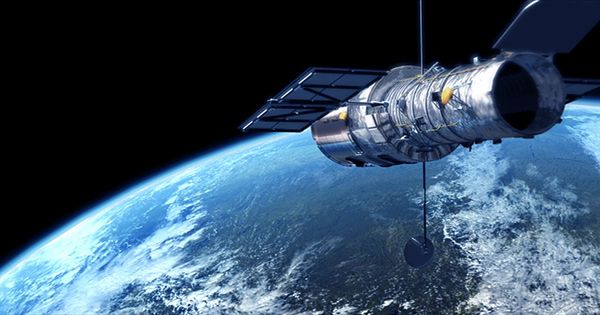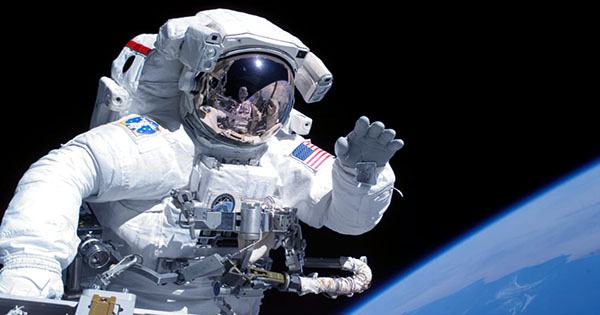During his stay on the International Space Station (ISS) between 2008 and 2010, former NASA astronaut Garrett Reisman said that he had feared drowning on a spacewalk. Is it possible to drown in space? No one has yet, but that does not rule out the possibility.
When his spacesuit helmet malfunctioned, raising the risk of his helmet filling with water, Reisman disclosed on Twitter that the prospect of becoming the first person to drown in space did not appeal to him. “Make sure your bite valve is tightly linked to your water bag straw,” he added in an astronaut tip. “I was less than delighted about the prospect of becoming the first astronaut to drown during a spacewalk when I saw my drift past INSIDE my helmet…”
Spacewalks knew as Extravehicular Activity (EVA) when astronauts leave their spacecraft to undertake maintenance, installations, or investigations, NASA astronauts Jim Voss and Susan Helms established the record in 2001 at 8 hours and 56 minutes. NASA spacesuits contain drinking pouches under the helmets that astronauts may bite down on to release water if they grow thirsty while completing these feats outside. Finding the disconnected valve to your water bag floating by you, on the other hand, is not ideal since it implies a helmet may fill up with water.

Fortunately for Reisman, “surface tension proved to be sufficient to keep the majority of the water in the bag,” he continued. Reisman has not talked publicly about his near miss, and it is unknown when this spacewalk took place — he did three spacewalks while on the ISS – but he is not the first space traveler who has been in the race to break that record. Luca Parmitano, an Italian astronaut, experienced a similar problem in July 2013, albeit on a far larger scale.
He stayed outside the ISS for 23 minutes; with the water continuing to pour into his helmet, before it began to get in his eyes and near to his nose and mouth, prompting NASA to order him back inside for safety.
This was not simply because the water on his helmet visor was obstructing his eyesight and making everything blurry. Instead, he had to turn around and retrace his steps back to the hatch.
“At that moment, when I ‘turn around’, two things happen: the sun goes down, and my ability to see – already compromised by the water – disappears completely, rendering my eyes useless. Worse than that, the water covered my nose – a horrible sensation that I made worse by shaking my head in vain trying to move the water, “Permitano wrote of his experience on the European Space Agency blog.”By now, the upper portion of the helmet is completely filled with water, and I’m not even sure that the next time I breathe, I’ll be inhaling air rather than liquid.”
Fortunately, he was able to fumble his way back to the hatch and into the suit — but the agony was far from over, as he had to remain inside the suit, water and all until the repressurization was accomplished. They discovered between 1 and 1.5 liters (0.26 to 0.40 gallons) of water inside when he was able to remove his helmet. Following an inquiry into the event, a NASA spokesperson stated in 2014, “Of all the EVA concerns we’ve faced so far, this is certainly the most significant one that we’ve experienced.” “I’m not aware of any previous failures that have been linked to this possible threat.”














